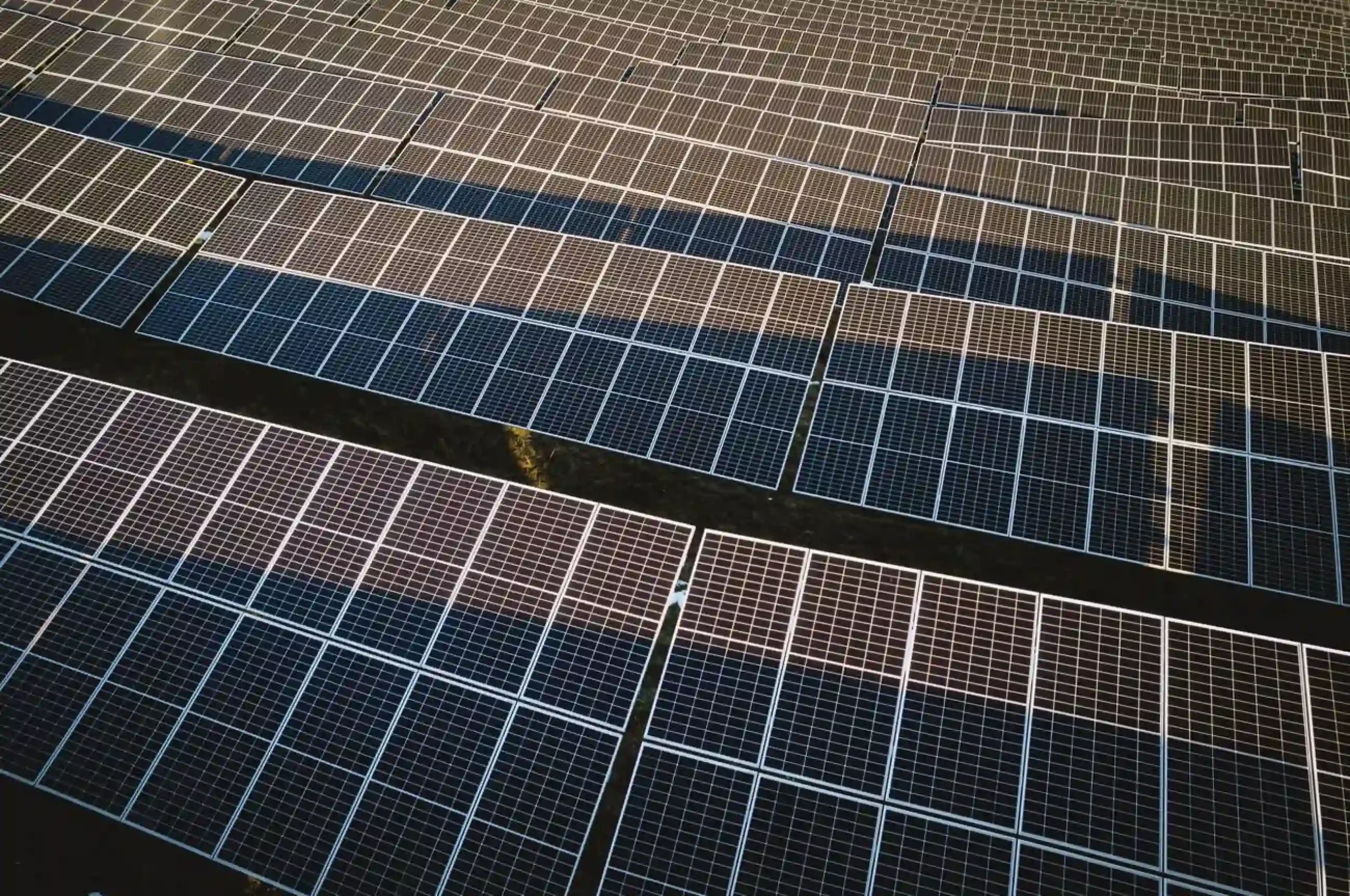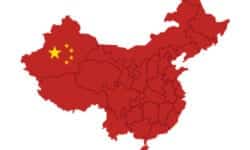There is a village named Badla in Rajasthan, India. The temperature of this village is so high that its temperature sometimes rises to 46 to 48°. And a huge dust storm was created in this village. Today we will write about the world’s largest solar park and the sol energy in this village. This solar park is known as the largest sol energy not only in Asia but also in the whole world. Here this park has been built on an area of 14 thousand acres, which means 56 square kilometers which is known as the world’s largest solar park Bhadla Park.
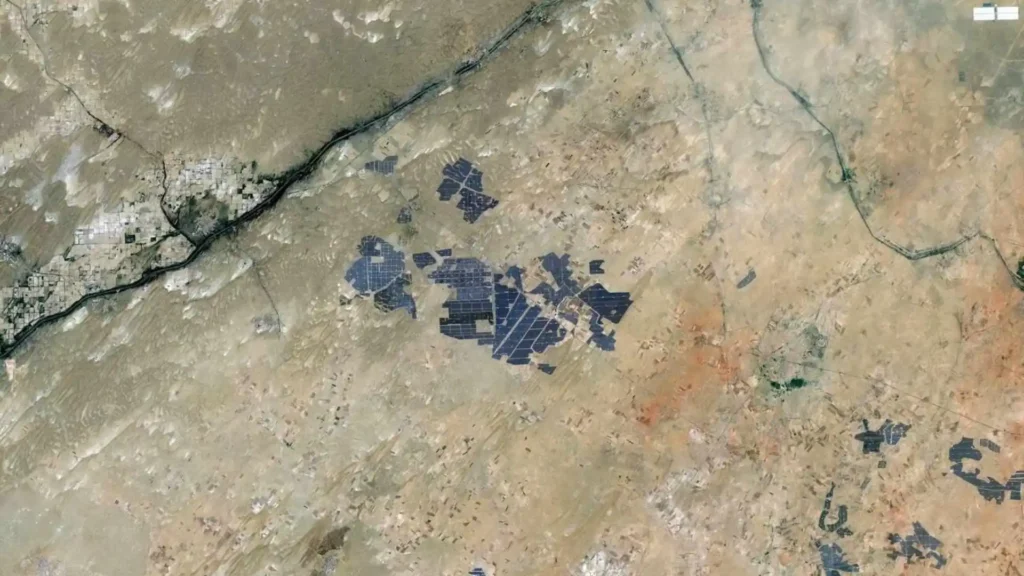
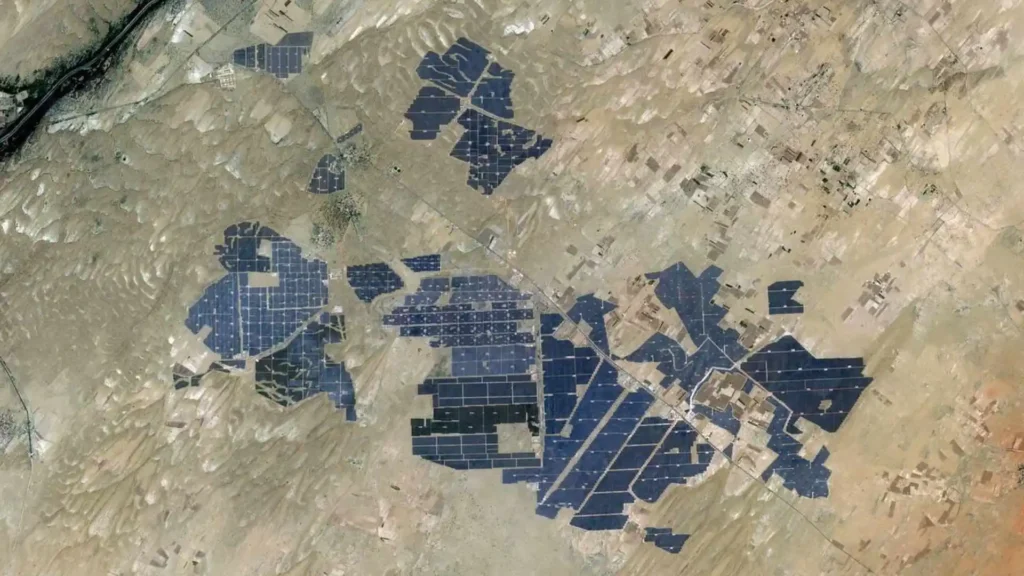
The power generation capacity of this party is 2,245 megawatts and it is about half the size of the city of Paris. All these solar parks mainly represent the potential of solar power energy. If we think a little outside of India, the first country that has its name is Morocco. Morocco is said to be the leader of solar panels in the world. Because 20 percent of Morocco’s electricity is generated from solar panels with the world’s largest concentrated solar park. Concentrated solar park is the process of concentrating the heat directly from the sun to generate electricity through its tubes.
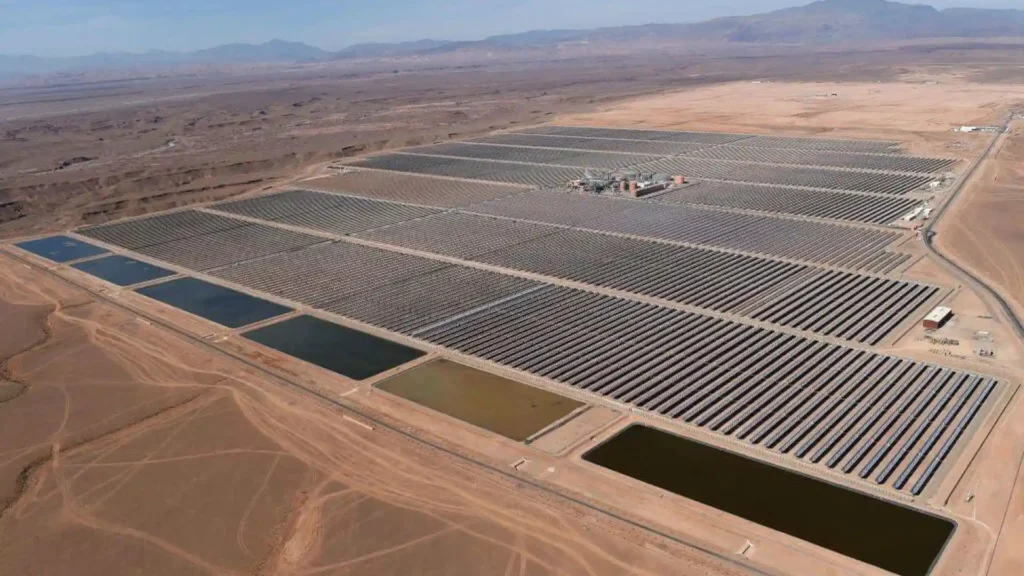
Rajasthan’s solar park, on the other hand, is powered by a unique process called Photovoltaic Solar Panels. Which basically takes the heat directly from the sun and converts it into electric volts or if we say it in more general terms, electric charge. An interesting question can come here how many more large solar panels can we convert into solar panels or solar parks? Since we know that deserts get full sunlight and extreme temperatures, can we convert the entire desert into a solar park? What if we converted the entire Sahara desert into a solar park? Can we meet the entire world’s electricity demand through solar panels?
In fact, if we want to say, what we found through our analysis is that if we want to meet the electricity needs of the whole world, we don’t really need to convert the whole Sahara desert to solar panels or solar parks because it won’t take such a big solar park to cover the whole world with electricity to bring. Because the surface of our earth receives a lot of sunlight which is equal to about 173000 terawatts. Interesting right? Which is 10 thousand times more than the total electricity demand of the world. According to researchers, the amount of sunlight that hits the surface of the earth every hour and a half is enough to meet the electricity needs of the earth for a year. This means that the entire demand will be met by solar parking in a short space.
Individual Installations of Sol Energy
Individual solar systems can be categorized as on-grid or off-grid. On-grid systems connect to the existing electrical grid, allowing for net metering, where excess energy is transmitted to the grid and homeowners receive credits for their contribution. Off-grid systems, on the other hand, utilize batteries to store excess energy for use during periods of low solar production.
While off-grid systems offer greater energy independence, the high cost of batteries makes on-grid systems more financially advantageous. The average life cycle of a solar system is 25 years, making it a worthwhile long-term investment. Furthermore, government subsidies, such as those offered in India, make the installation of solar panels even more attractive.
Introducing Solar Square
If you’re considering installing solar panels in your home, Solar Square is a reliable solar energy company in India. With their professional expertise, Solar Square has installed solar energy setups in over 5,000 homes. They offer free consultations, flexible payment options, and 3-D designs to help you visualize the installation process. Solar Square takes care of maintenance and after-sales service, making the transition to solar energy seamless and hassle-free.
The Challenges and Solutions
While the concept of vast solar energy projects may seem promising, numerous challenges hinder their execution. Geopolitical concerns arise when certain countries gain significant power and control over solar energy production. Additionally, distributing energy from large-scale solar projects incurs high costs and transmission losses. Maintenance is another crucial aspect, as solar panels require regular cleaning, especially in sandy environments.
Furthermore, the life cycle of solar panels poses a challenge. Although they have an average lifespan of 25 years, the recycling of old solar panels is not economically profitable. Financial constraints are also a significant obstacle, as funding such massive projects is often unattainable.
However, a potential solution lies in decentralized solar energy production. By encouraging individuals to install solar panels in their homes, many of these challenges can be mitigated. At an individual level, geopolitical issues become irrelevant, and maintenance is more manageable. Additionally, energy distribution is simplified as surplus energy can be utilized locally. Furthermore, the decreasing cost of solar panels and government subsidies make individual installations economically viable.

